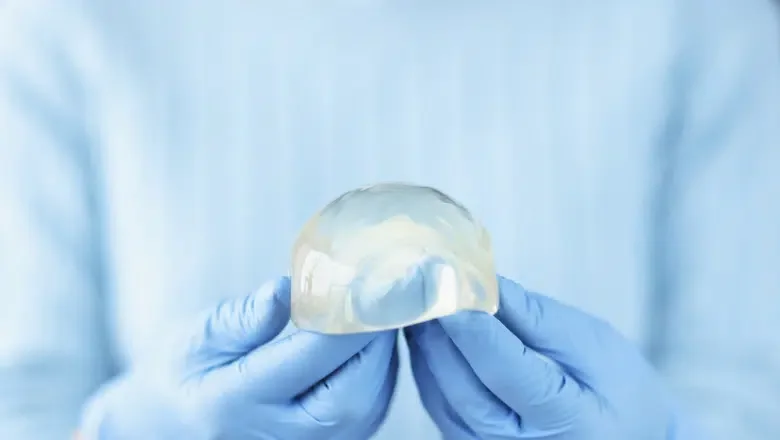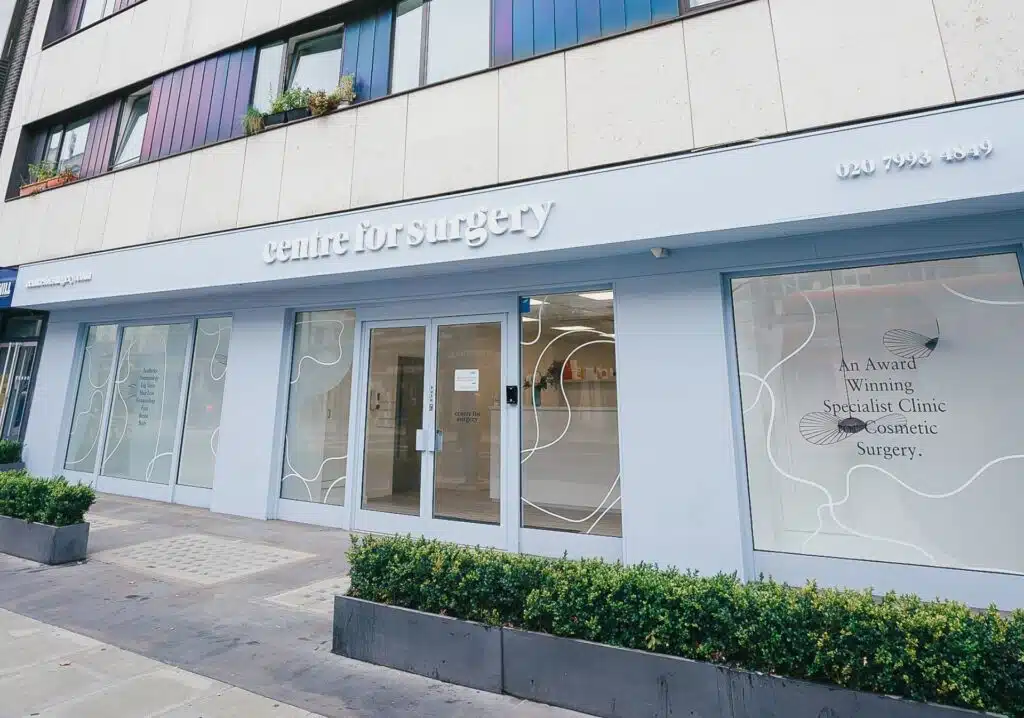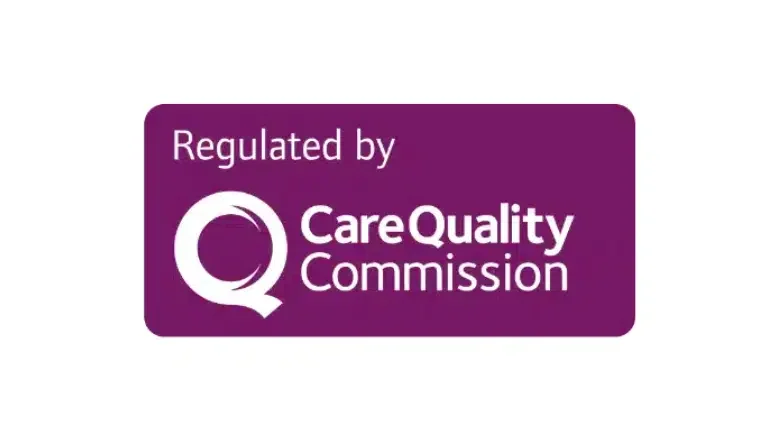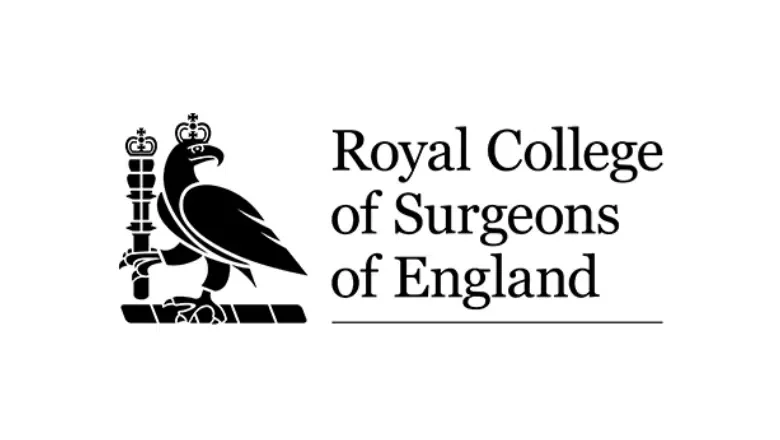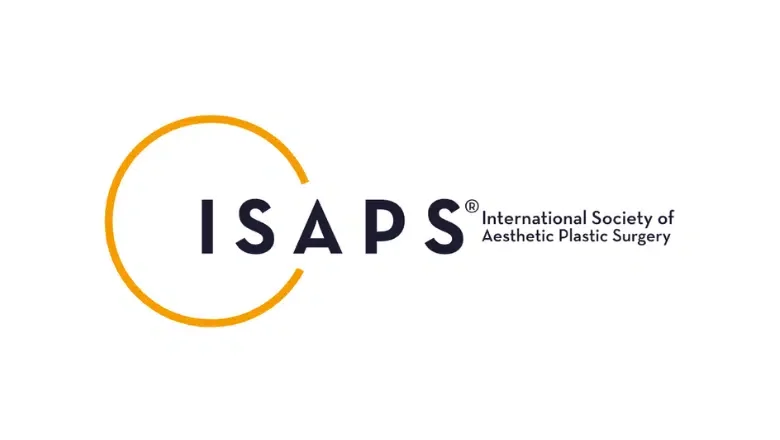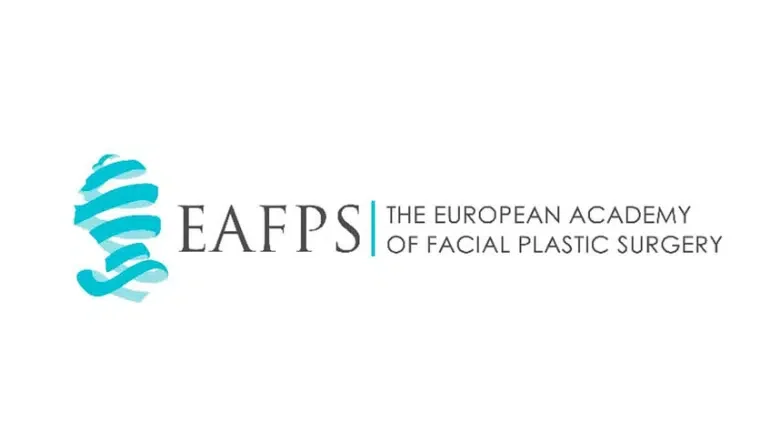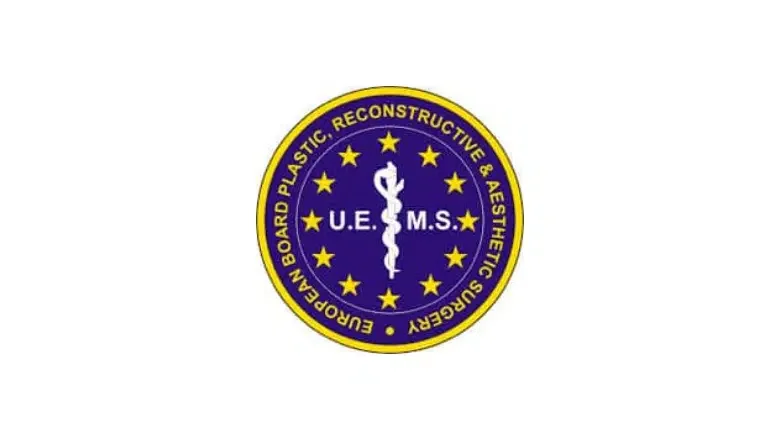How does one choose the ideal breast implants?
The choice of the volume and shape of breast implants for breast augmentation is made with the help of your surgeon after a clinical examination to evaluate the width and shape of your chest, the height and axis of your breasts and the size of the areola. It is also important to discuss with your surgeon the result you are expecting. The CE label is compulsory for each medical device circulating within the European Union. Since 1998, only products marked with a CE certificate of conformity and for which the manufacturer supplies full and precise information are authorised. The CE label is compulsory for any medical device. Outside the European Union, authorisation is delivered by the competent bodies.
RELATED: Breast Implant Options
From what age can breast implant surgery be considered?
During puberty, the size of the chest will develop as a result of hormonal changes and if contraceptives are taken. Breast stability is reached at the end of puberty. We therefore strongly recommend waiting until the patient is at least 18 years of age before considering the insertion of breast implants. Your state of health and physical condition are also factors to be taken into consideration.
What type of scar will the insertion of breast implants leave?
Any surgical intervention leads to the appearance of scars. For breast augmentation, the scars are placed in the most discreet position possible: in the hollow of the armpit for an axillary approach, below the breast for the sub-mammary approach, at the level of the lower hemisphere of the areola for the areolar approach. Prominent scarring from the approach for insertion of breast implants is possible in spite of meticulously closed scars and can lead to unsightly hypertrophic or keloid scars. Red or swollen scars depend on the scarring capacity of each patient and can be treated by surgical intervention, laser, the use of compressive garments or silicone dressings. For a fine and supple scar, it should be massaged from the third week after the breast implants have been inserted. Your surgeon will show you how to massage the scars.
RELATED: Is it Possible to Have Smaller Scars after Breast Augmentation?
How long does it take before you can assess the result of breast implant surgery?
The result is not immediately visible. In the days following the procedure, oedema swells the breasts: they are tender and sensitive with mild discomfort. The delay in assessment varies from one patient to another, but in general, the breasts become softer from the 3rd month when the breast implants begin to stabilise. The definitive result will be fully visible after six months when the silicone breast implants have become definitively positioned and the chest continues to relax to find its natural shape and position. Mostly, the scars are discreet and gradually subside over a period of 6 to 12 months to become almost invisible.
What does postoperative follow-up involve?
Your surgeon will specify postoperative follow-up. Your surgeon will see you to check that all is going well a few days after the operation. We recommend wearing a full support bra with an opening at the front and without underwiring for about six weeks during the immediate postoperative period. Your surgeon will help you to choose a bra, depending on the type of operation and your anatomy. Postoperative follow-up is crucial for optimum healing. Your surgeon will arrange several follow-up appointments during the course of the first year after the operation. The recommended frequency for the visits is one month, 3, 6 and 12 months after insertion of the breast implants, then every year, even if you do not have any symptoms associated with the implant.
When and why should patients be checked after breast implant surgery?
Patients with silicone breast implants, like all women, should be checked regularly for detection of breast cancer (check on the general state of health and palpation of the breasts). For women with silicone breast implants, this check should be carried out annually by their surgeon or another specialist in this field to reveal any possible problem associated with the implants. Additional checks can be made if necessary (mammography or MRI).
RELATED: Breast Implant Check
Is it possible to have a mammography despite the presence of breast implants?
The presence of silicone breast implants does not prevent mammography from being carried out. However, carrying out the examination is more delicate and interpretation of the results is more difficult. It is, therefore, important to let the technician know you have breast implants. He or She can then take the necessary precautions and adapt the examination technique (numbered plates).
Is there still a risk of capsular contracture with the new generation silicone breast implants?
Yes, because the body perceives any artificial implant as a foreign body, it forms scar tissue around the implant and produces its encapsulation. This is a normal biological phenomenon which happens with all implants. However, in some cases, this capsule can thicken and harden, causing contraction of the implant in its pocket. The formation of this retractile capsular contracture is usually accompanied by pain and potential creases on the chest surface.
Is there a risk of breast implant rupture, and what are the consequences?
The rupture of silicone breast implants is a rare complication which can occur after an impact, a violent trauma, or an operative trauma (implant damaged during the operation). It may also be due to a retractile fibrous shell or simply due to the ageing of the implant. The main risk of rupture is the migration of the silicone gel into the body (the escape of the gel through a breach in the shell). Current silicone breast implants use new generation medical grade silicone. The silicone gel in the shell is very cohesive, reducing the risk of migration and complications. Nevertheless, removal of the silicone breast implant is necessary if the implant ruptures.
Is breast cancer more common in women with silicone breast implants?
Current scientific studies report that breast cancer is not more common in women with silicone breast implants. Besides, pre-filled silicone gel implants are used for the reconstruction of the breast after cancer.
Can silicone breast implants cause auto-immune diseases?
At the moment, there is no proof of any correlation between the appearance of systemic complications, cancer or auto-immune diseases and silicone breast implants.
Is the use of silicone dangerous for the body?
Silicone has been used as an implantable material since 1950. It is considered the best-tolerated biomaterial as it is inert and non-allergenic. It is found in several applications (notably medical and cosmetic). It is better to prevent the silicone from penetrating the tissue. For silicone breast implants, the filling gel is very cohesive (thick and viscous) and minimises the risk of diffusion into the body.
Does sensitivity change after the insertion of silicone breast implants?
It is expected to notice a reduction in sensitivity of the nipple and the areola, whatever the surgical approach. This sensation is temporary, rarely permanent, and sensitivity reappears after a few months.
Is pregnancy possible after the insertion of silicone breast implants?
From a medical point of view, pregnancy is not contraindicated after the insertion of silicone breast implants. However, during this period, hormonal changes are significant, and the volume of the mammary gland changes greatly, which could have repercussions on the aesthetic result. It would, therefore, be preferable to defer the insertion of silicone breast implants to six months to one year after the baby is born (or at least six months after you have finished breastfeeding) to make sure of the optimum result.
Is breastfeeding problematic after the insertion of silicone breast implants?
Breastfeeding is not contraindicated after the insertion of silicone breast implants because the mammary glands and their ducts are preserved, but it is preferable to separate the two events somewhat (pregnancy cannot be considered until after the 3rd month after the operation). Silicone breast implants are not likely to become misshapen by breastfeeding or the use of a breast pump; however, the aesthetic result could be altered by the mammary glands’ change in volume.
RELATED: Breastfeeding After a Boob Job
Are certain physical and sporting activities contraindicated after breast enlargement?
As a general rule, it is recommended that you do not carry out any physical sporting activity for the first six weeks following the operation in order to avoid any risk of displacement of the silicone breast implant or any other complication. For more intense sports (running, bodybuilding, combat sports) an additional rest should be observed. You should discuss further with your surgeon.
What is a patient card?
The surgeon will give you a patient card after filling it in and affixing the labels designed for this purpose (each label corresponds to one implant). This card identifies the prosthesis implanted (implant reference, volume, lot number, manufacturer’s details, date of the operation, and the name of the specialist). You should keep the patient card you will be given after the operation with your medical documents indefinitely. We also recommend keeping it with you permanently to facilitate emergency medical treatment.
What is the informed consent form?
The surgeon will ask you to sign the informed consent form after your initial consultation and before your operation. It is not a release form, but it is a document by which you give your agreement to the breast implant procedure and confirm you have been properly informed by your specialist of the procedure for the operation and the risks incurred.
Is there a recommended period of reflection before breast implant surgery?
The recommended delay between the first consultation and the day of the operation is 14 days. This period will allow you to make your decision calmly. It will also give you time to see the surgeon twice for consultation, to have mammography (systematic in women aged over 35 years) and to have a consultation with the anaesthetist for a full pre-operative check-up before the operation. This delay is highly recommended and should be respected in your interests.
Is the insertion of silicone breast implants covered by insurance?
At present, there is no reimbursement for the cost of silicone breast implants if it involves aesthetic or “ cosmetic” surgery. On the other hand, if the operation is justified for medical reasons such as breast reconstruction following cancer, or in case of significant breast malformation such as tuberous breasts (tubular-shaped breasts with a very shrunken base), Poland syndrome (total absence of a mammary gland), reimbursement may be possible after previous agreement.
For more information on silicone breast implants or to book a free breast enlargement consultation, please call us on 0207 993 4849 or email contact@centreforsurgery.com – Alternatively, fill out our contact form, and a member of the team will be in touch.
